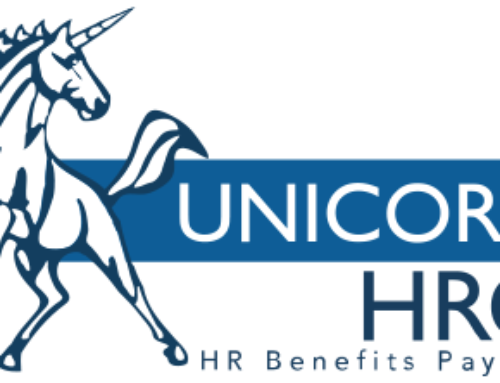As companies transform their operational models to take advantage of opportunities presented by the Internet/IoT revolution, one of the key issues they are faced with is recruiting the right talent in a highly competitive and changed marketplace. The additional matter of ongoing increases in the total annual benefits costs per employee and/or complex legislative regulations further compounds the recruiting issue. These challenges, among others, are forcing organizations to review their benefits package in order to help attract and retain top talent who can help fulfill the organization’s business strategies.
According to Glassdoor’s 2015 Employment Confidence Survey, about 60% of people report that benefits and perks are a major factor in considering whether to accept a job offer. In the workplace today, this often means the desire for benefits that enable and encourage a healthy work/life balance – and one that can usually be economically accommodated by the employer in the benefit package.
Chief among work/life benefits is flexibility, both in hours worked and work location. Collaborative communication solutions such as videoconferencing, texting and electronic mail have made it possible for an employee to do their job from anywhere there is an Internet connection. Flexibility also gives the employee the freedom to work where and when as needed to get the job done and to take responsibility for managing their workload. This type of arrangement typically costs the employer nothing and can actually save money by lowering overhead costs. A flexible work environment can also lead to more productivity and creativity from the employee as well as an improvement in overall employee/employer satisfaction.
Joining the list of work/life benefits is the use of advanced technology throughout an organization. For example, mobile apps allow technicians to start their workday directly from home by providing them with tailored information on assignments, maps, routes, and calendars, along with detailed information (i.e. required tools, maintenance history, etc.); and sale staff can keep their customers updated through push notifications before and after appointments. These and other high-tech solutions are not overly expensive to implement and often make the job easier and more rewarding.
Financial and health concerns also rank high in the column of work/life balance. Employees, both male and female, want to be compensated fairly for their skills but salary is not the single most determining factor in their decision making. The workforce today desires a package that contains medical and life insurance, retirement plans (i.e. 401Ks, etc.), stock purchase plans, tuition reimbursement and wellness programs to name just a few. Most of these benefits are standard in the workplace but new data analysis algorithms are helping both the employee and the employer better navigate and utilize the offerings.
Another benefit that can foster a healthy work/life balance are innovative employee perks that address the challenges of today’s diverse workforce. These can range from pet health insurance to unlimited time off. On-site day care, employee recognition programs, or time for pursuing an idea or passion are also popular advantages. A random tour of the subject on Google lists hundreds of unique perks that employers are offering to help improve employee recruitment, retention, motivation and performance.
For organizations looking to implement work/life balance plans, there is no one size fits all model. Offering the right mix of benefits that are both cost effective and attractive can help employees cope with multiple roles and responsibilities and help ensure a healthy work/life balance.



